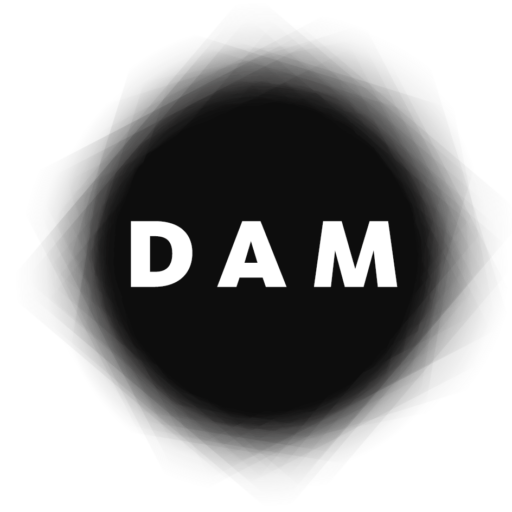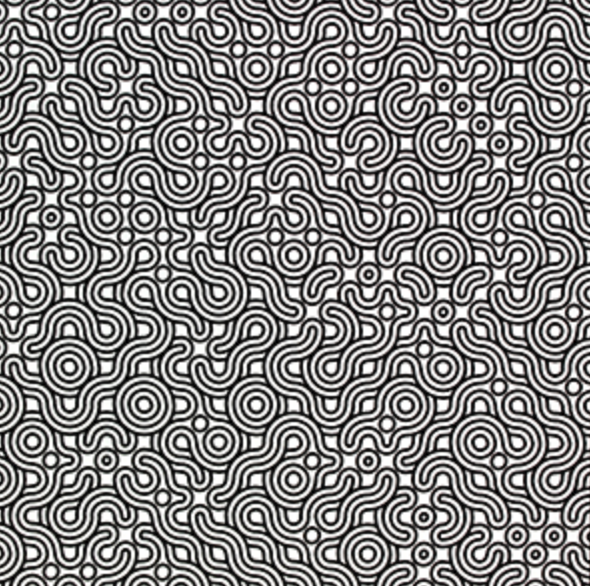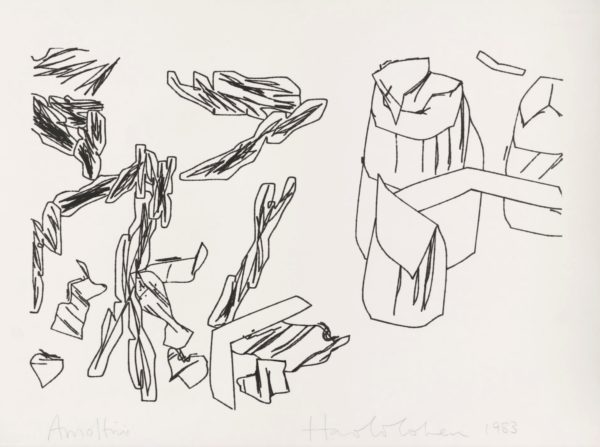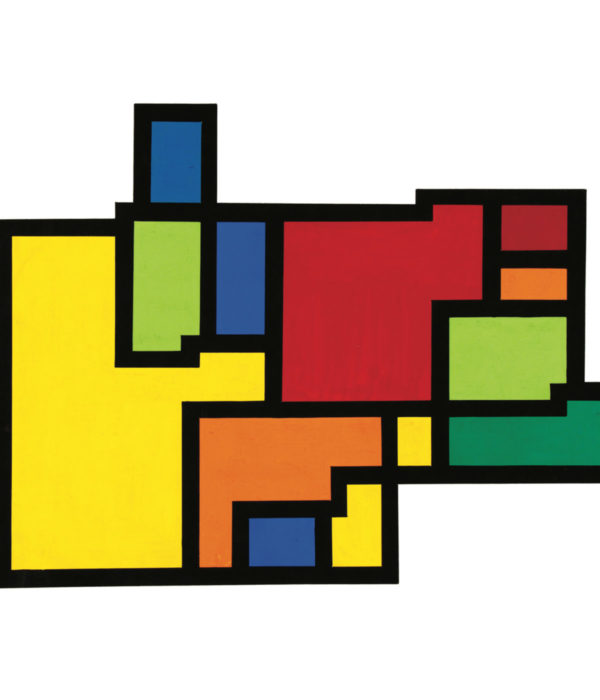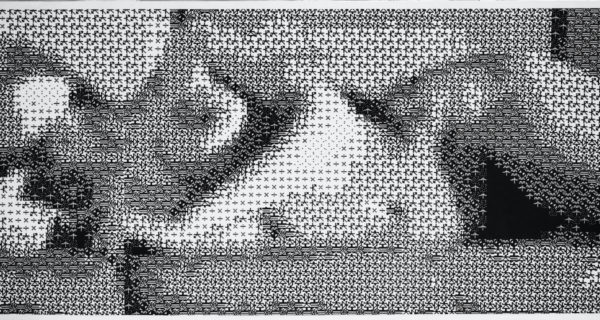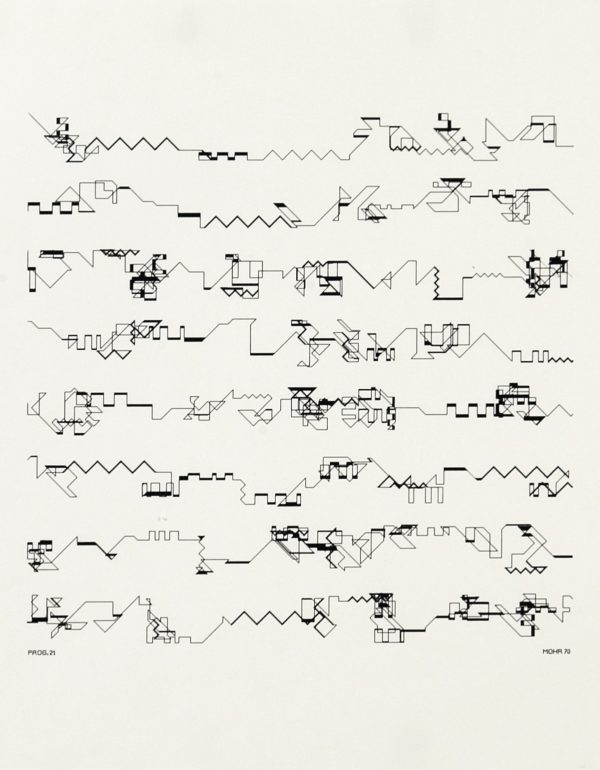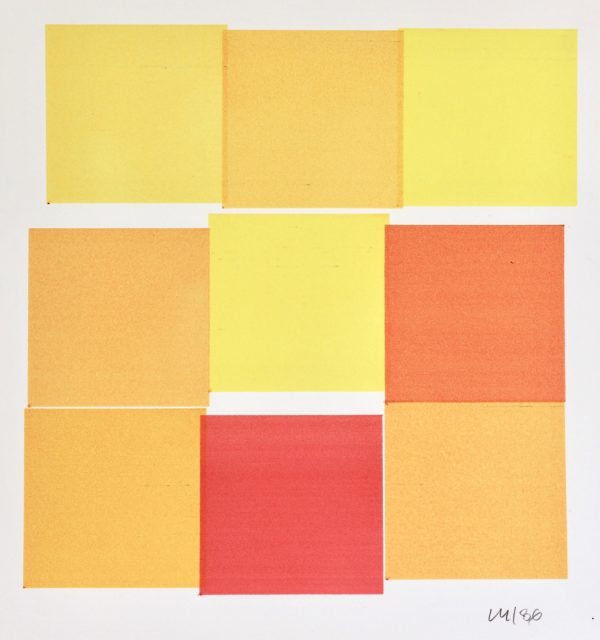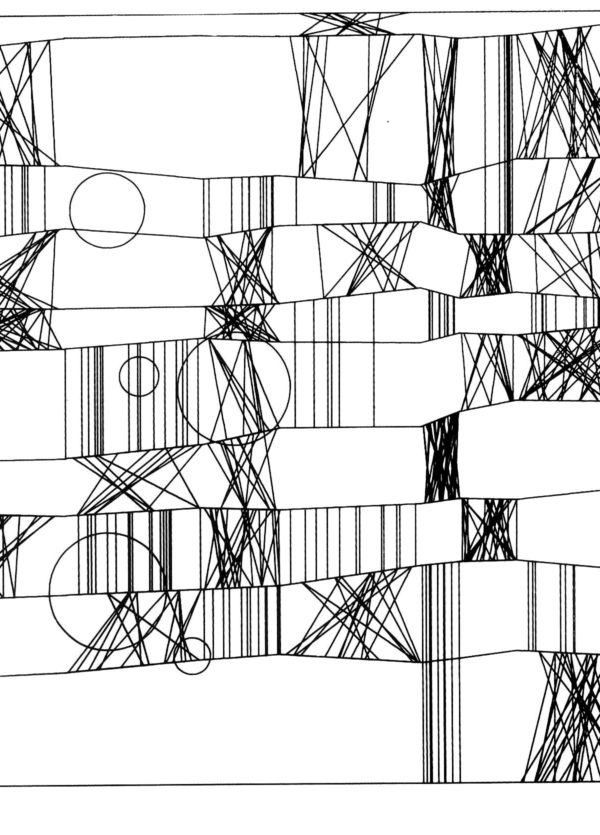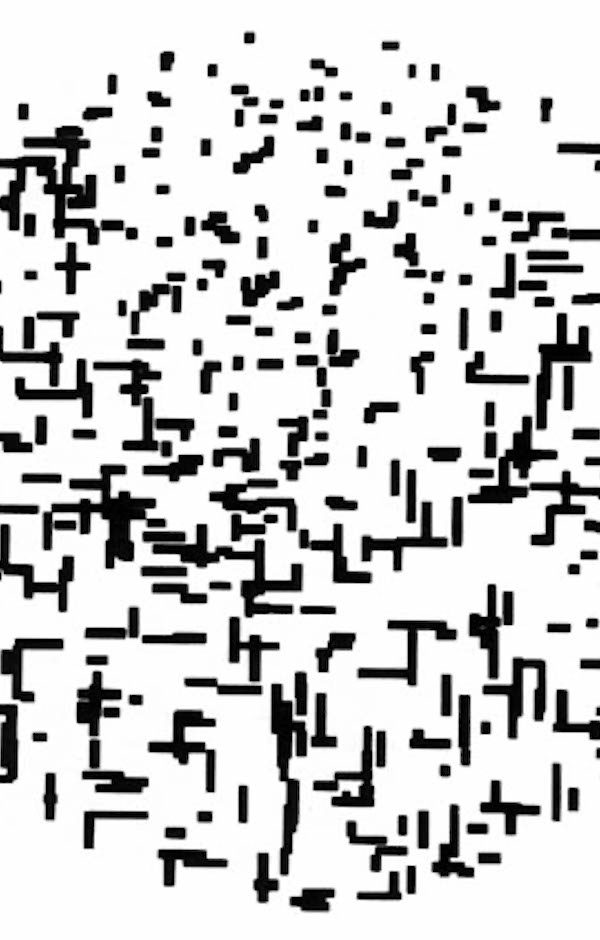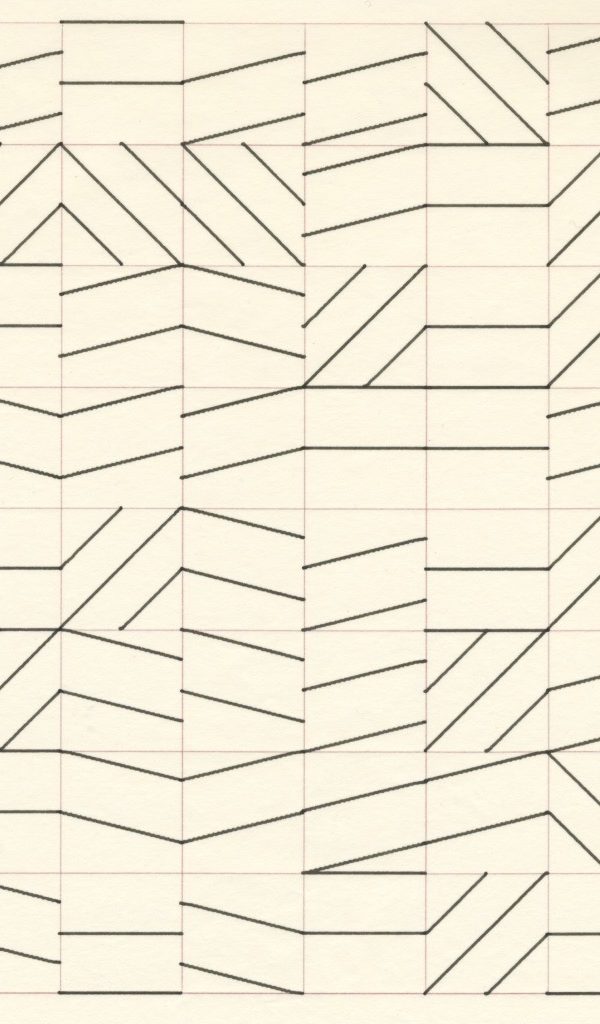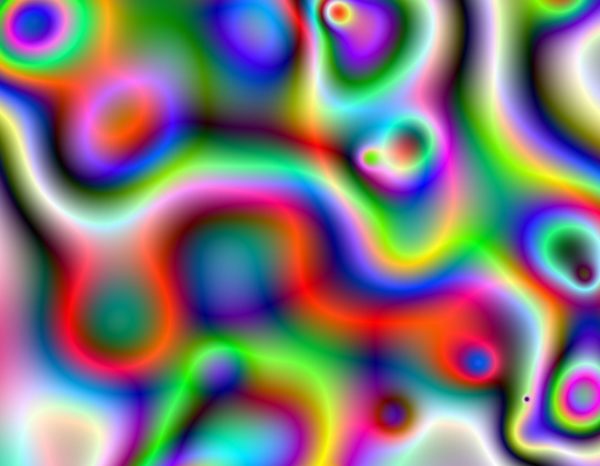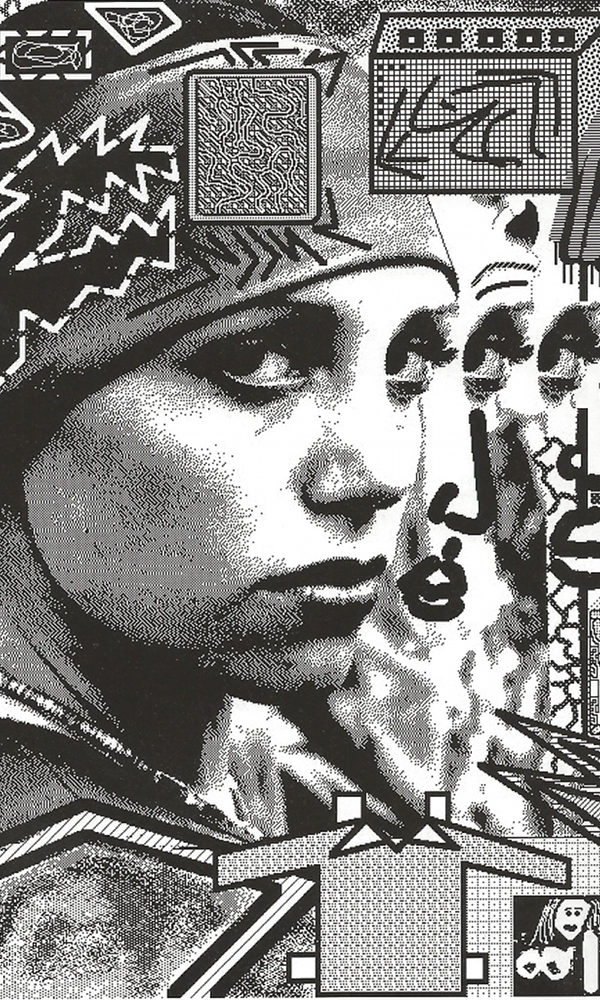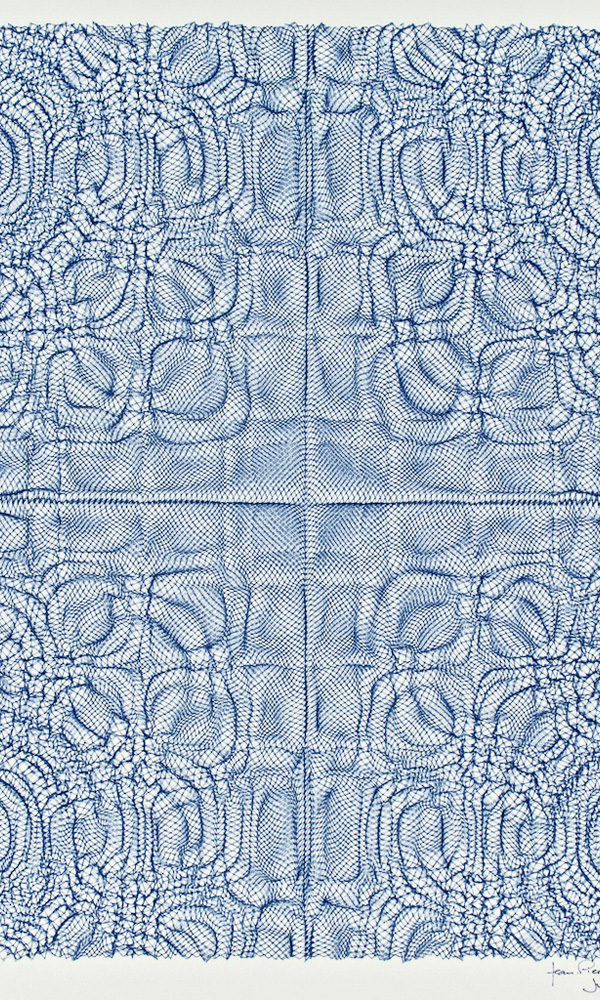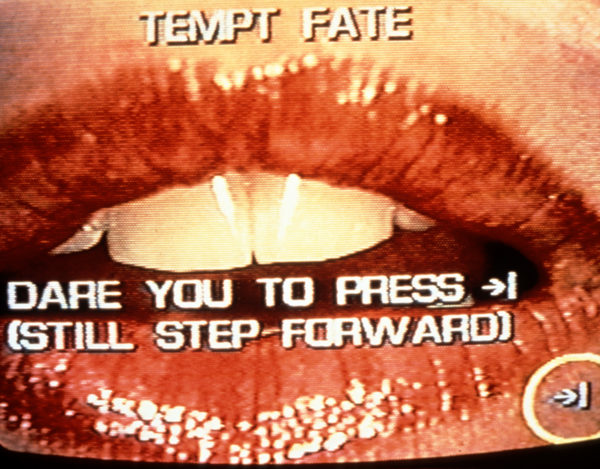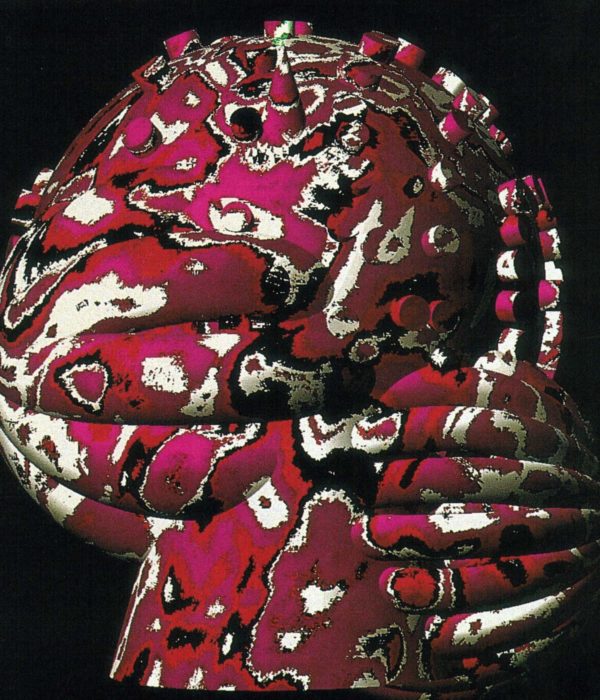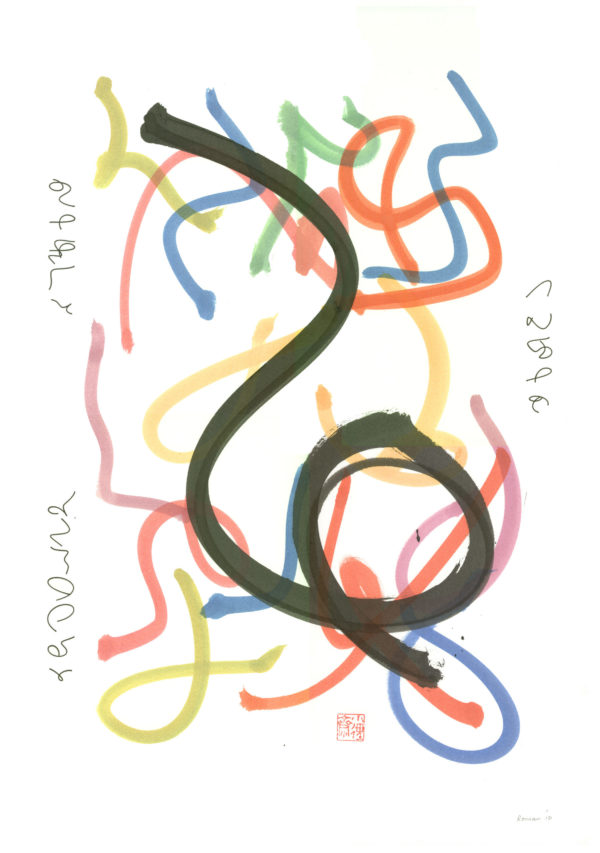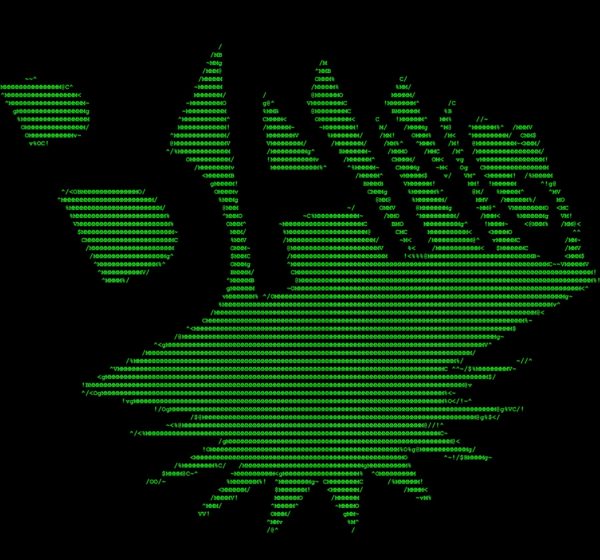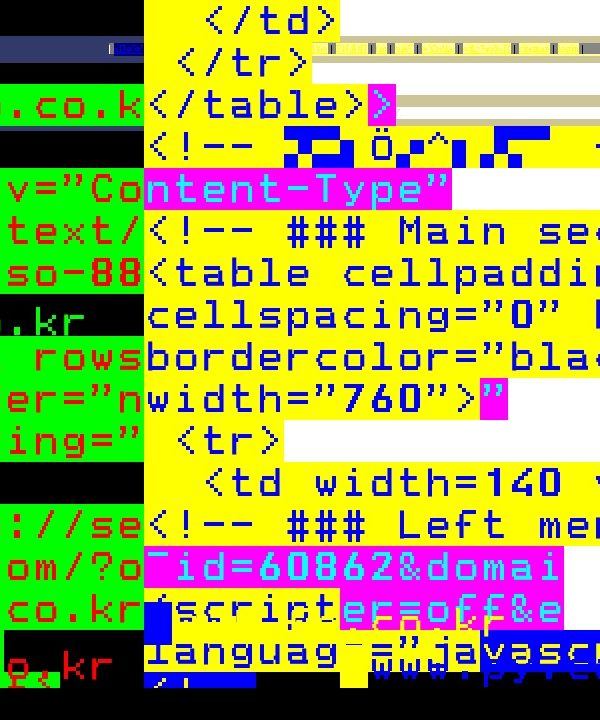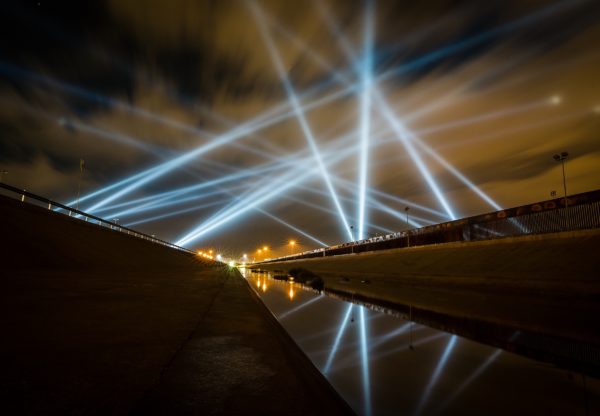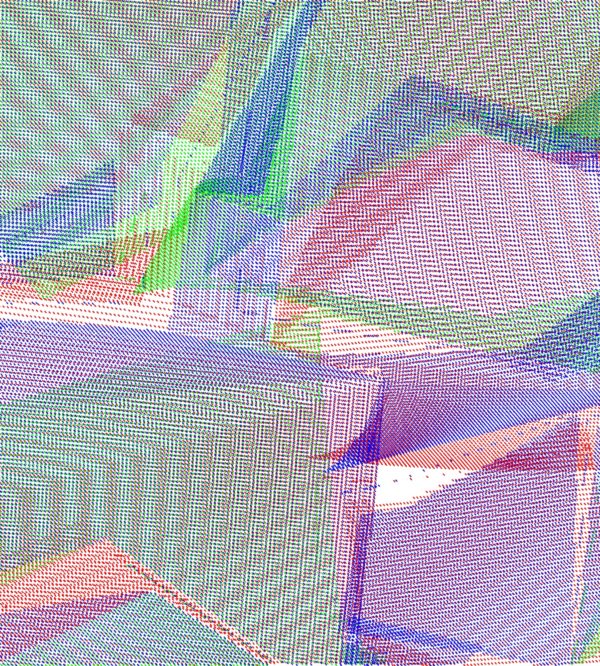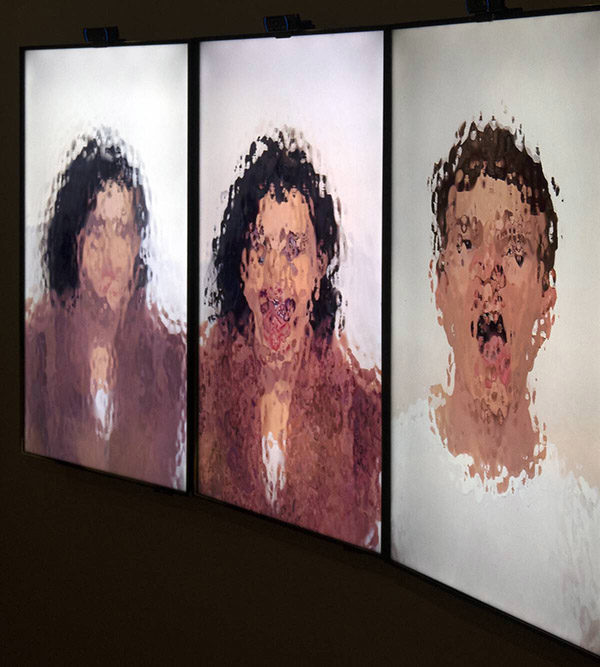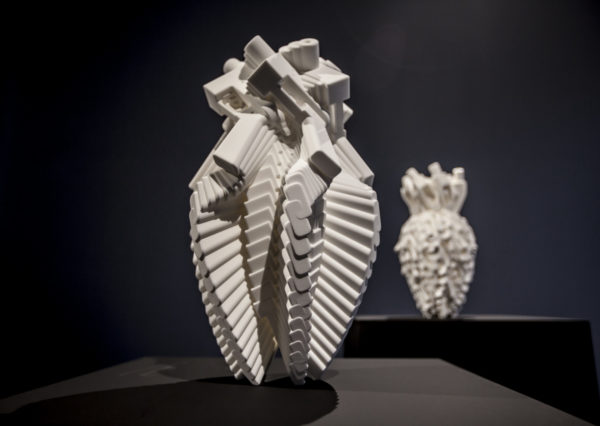In the 1960s and 1970s, the first algorithmic drawings were created by mathematicians, engineers, and visual artists. They worked with mainframe computers in research institutions or even built their own machines. Their work was met with praise and rejection, while they contributed to shape the first debates on the use of computers in the visual arts.
In the 1980s, the so-called “personal computer” began to bring computing into the homes of private people. Soon graphic displays and interfaces became standard, and with them 3D computer graphics. Artists in this period worked with an expanding array of high-level software packages, some continuing the explorations of early computer art, but also introducing novel forms of expression, and the beginnings of interactivity.
Hailed as the Digital (or Algorithmic) Revolution, the ubiquity of personal computers and the breakthrough of the Internet between the mid-1990s and early 2000s facilitated new means of artistic creativity and new spaces where artworks could be exhibited and discussed. A growing number of artists started creating digital art, expanding the boundaries of the medium, while also critically reflecting on it or undermining it, and reaching out to larger audiences.
Since the mid-2000s, the pervasive use of digital technologies has led to their seamless integration in culture and society. While social media has made it easy for everyone to create and publish their own creations, artists now work beyond the concept of medium and address the cultural, social, and political implications of the technologies large parts of the populations use every day. The merging of digital and physical environments have also led to art practices that go beyond the spaces of museums and galleries.
